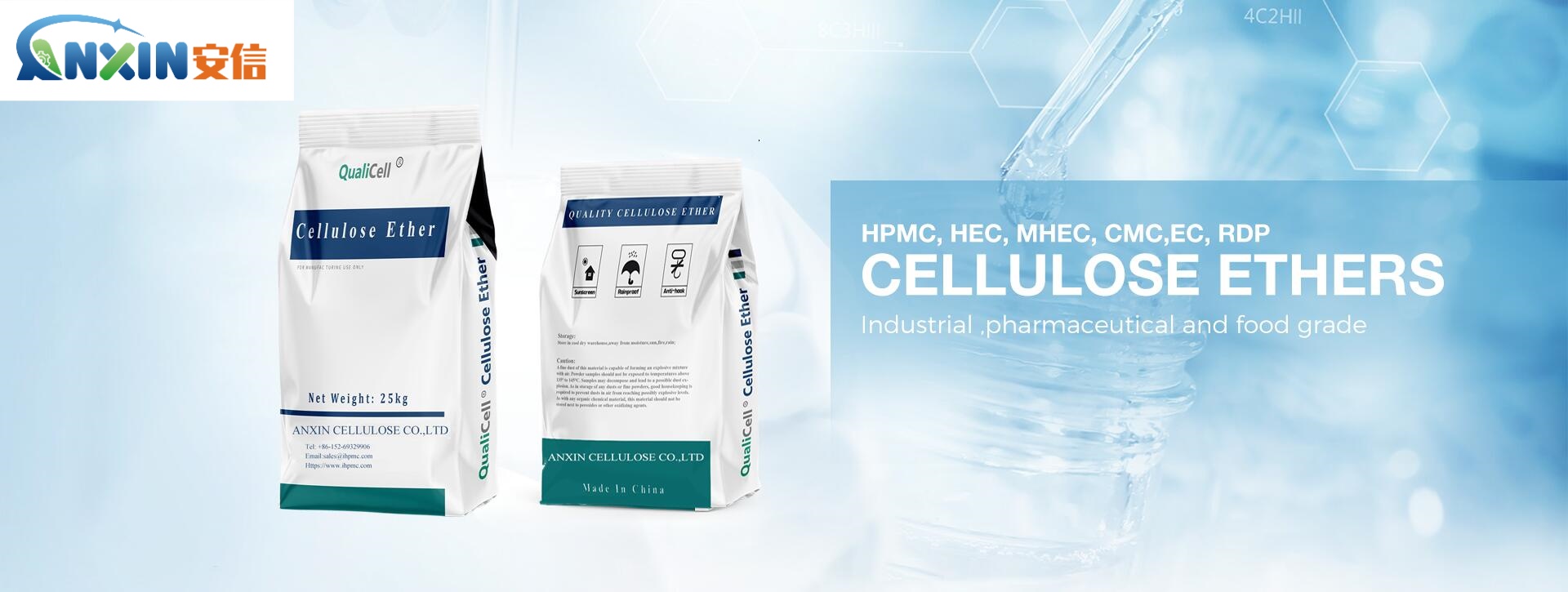To learn more about hydroxypropyl methylcellulose ether
Hydroxypropyl methylcellulose ether (HPMC) is a versatile polymer that finds extensive applications in various industries due to its unique properties. From construction to pharmaceuticals, this compound serves as a critical ingredient.
Composition and Properties:
HPMC is derived from cellulose, a naturally occurring polysaccharide found in plant cell walls. Through chemical modification, hydroxypropyl and methyl groups are introduced into the cellulose backbone, resulting in the formation of HPMC. The degree of substitution (DS) of these groups determines the properties of the polymer, such as solubility, viscosity, and film-forming ability.
HPMC exhibits remarkable water solubility, forming clear and viscous solutions when dispersed in water. Its solubility is influenced by factors such as temperature, pH, and the presence of salts. Additionally, HPMC demonstrates excellent film-forming properties, making it suitable for applications requiring thin film coatings.
Applications:
Construction Industry:
HPMC is widely used in the construction industry as a water-retaining agent, thickener, and binder in cement-based materials. It improves workability, adhesion, and sag resistance of mortar and plaster formulations. Moreover, HPMC enhances the performance of self-leveling compounds and tile adhesives by controlling water retention and rheological properties.
Pharmaceutical Industry:
In pharmaceutical formulations, HPMC serves as a key ingredient in various dosage forms including tablets, capsules, and ophthalmic solutions. It acts as a binder, disintegrant, and controlled-release agent in tablet formulations, providing consistent drug release profiles. Furthermore, HPMC-based eye drops offer improved bioavailability and prolonged retention on the ocular surface.
Food Industry:
HPMC is utilized in the food industry as a thickening agent, stabilizer, and emulsifier in a wide range of products including sauces, desserts, and dairy products. It imparts desirable texture, viscosity, and mouthfeel to food formulations without altering taste or odor. Moreover, HPMC-based edible films are employed for encapsulation and preservation of food ingredients.
Personal Care Products:
HPMC is incorporated into personal care products such as cosmetics, detergents, and hair care formulations due to its film-forming and thickening properties. It enhances the stability and rheology of creams, lotions, and shampoos, providing a smooth and luxurious sensory experience for consumers.
Environmental Impact:
While HPMC offers numerous benefits in various applications, its environmental impact should be carefully evaluated. As a biodegradable polymer derived from renewable resources, HPMC is considered environmentally friendly compared to synthetic polymers. However, concerns arise regarding the energy-intensive manufacturing process and the disposal of HPMC-containing products.
Efforts are underway to improve the sustainability of HPMC production by optimizing manufacturing processes and exploring alternative feedstocks. Additionally, initiatives promoting the recycling and composting of HPMC-based products are being implemented to minimize environmental footprint.
Conclusion:
Hydroxypropyl methylcellulose ether (HPMC) is a versatile polymer with diverse applications across industries ranging from construction to pharmaceuticals. Its unique properties, including water solubility, film-forming ability, and viscosity control, make it indispensable in various formulations.
While HPMC offers significant advantages, its environmental impact necessitates careful consideration. Efforts to enhance the sustainability of HPMC production and promote responsible disposal practices are essential to mitigate environmental concerns associated with its usage.
HPMC continues to play a pivotal role in advancing technological innovation and product development while striving towards a more sustainable future.
Post time: Apr-06-2024
